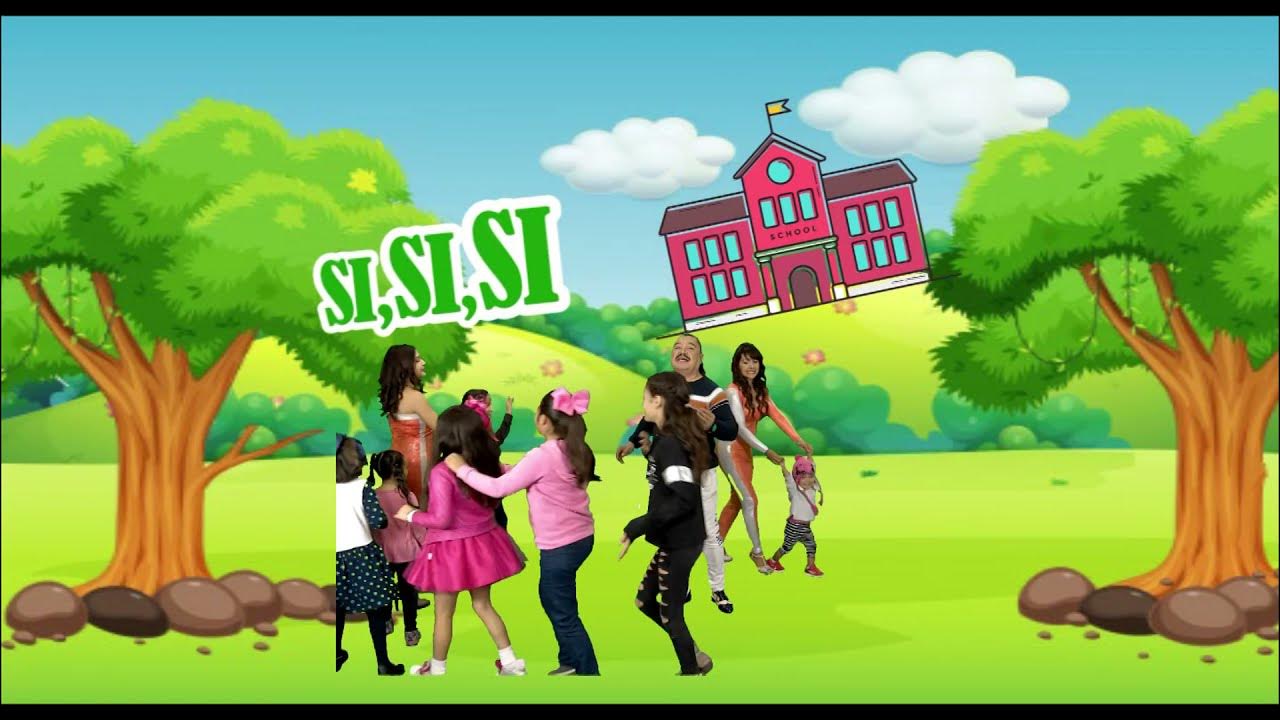Si Si Si No No No Stokes Twins

Ever heard a catchy tune that just burrows into your brain? That might be the work of the Stokes Twins! But not *those* Stokes Twins. We're not talking about Alan and Alex, the social media stars. This is about something way nerdier, way more mathematical, and surprisingly… musical.
Say "Yes," then Say "No" - A Lot!
Imagine a game where you only say "Yes" and "No." Sounds simple, right? Now imagine you're building a complex pattern with these words. That's the essence of the "Si Si Si No No No" sequence.
It’s named after the *Stokes Twins*, mathematicians who explored the interesting properties of this musical sequence. Well, it's *named* after it by some people, as it is the way to remember it. But why "Si Si Si No No No"?
From Math Class to Dance Floor
You see, “Si” and "No" in Spanish translates to “Yes” and “No”. So, it's basically a rhythmic pattern: "Yes, Yes, Yes, No, No, No." Try saying it out loud. It’s got a beat, doesn't it?
Now, the genius part is how mathematicians realized this simple pattern can be used to create complex and beautiful musical structures. Think of it as a building block for more elaborate compositions.
This "Si Si Si No No No" rhythm isn’t just a random sequence. It has special mathematical properties that make it useful in creating canons. A canon is a musical form where different voices or instruments play the same melody, but starting at different times.
The Canon Connection
Think of it as a musical round, like "Row, Row, Row Your Boat." Each voice chases the one before it, creating a layered and echoing effect. The "Si Si Si No No No" sequence helps mathematicians design canons where the different voices blend harmoniously.
It's all about timing and spacing. By carefully arranging the "Yes" and "No" (or "Si" and "No") elements, you can ensure that the different melodies don't clash, but instead, create a rich and satisfying sound.
The mathematicians aren't only studying, they also composing these canons. So the Stokes Twins are inspiring musical creators!
More Than Just a Beat
But the *Stokes Twins* sequence isn’t just about music. It's a testament to how math and music are deeply intertwined. It reveals how simple patterns can generate complex and beautiful structures.
It demonstrates how creative thinking combined with mathematical tools can lead to surprising discoveries. It could also be used in computer science, and engineering.
So next time you hear a catchy tune, remember the “Si Si Si No No No” sequence and the Stokes Twins (or maybe not), the mathematical building blocks that might be lurking behind the melody. It’s a reminder that even the simplest things can hold hidden depths of beauty and complexity.
Who knew "Yes" and "No" could be so interesting? Maybe we should all try composing a little “Si Si Si No No No” of our own!


















